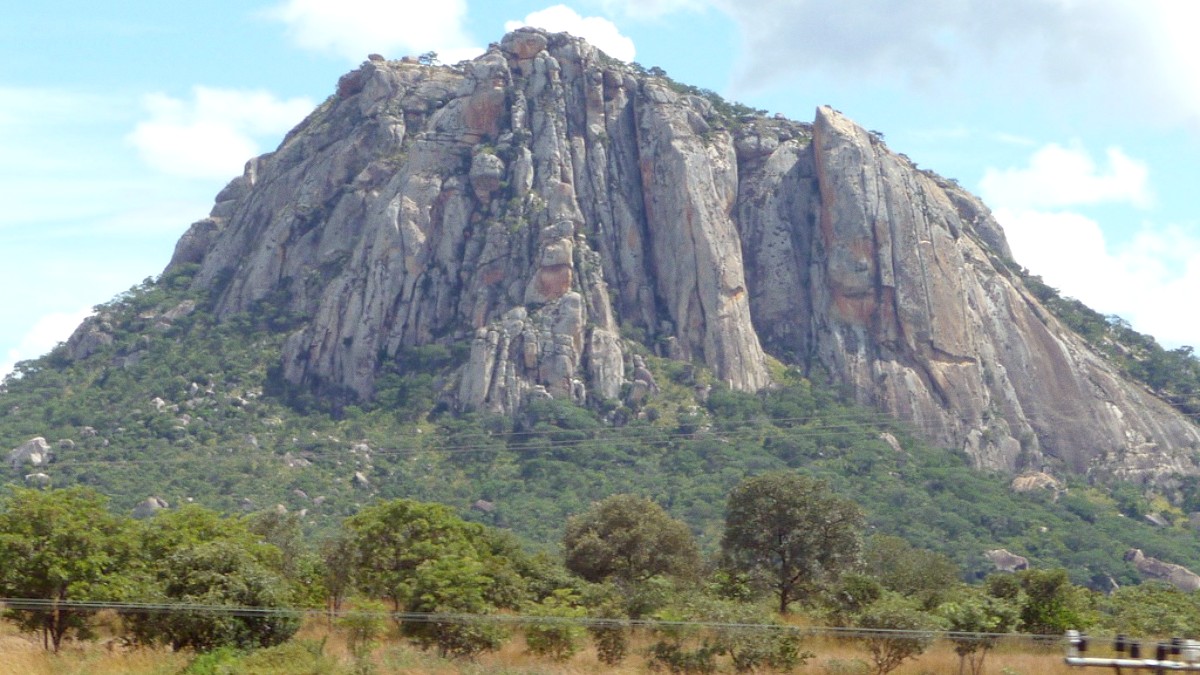
Zimbabwe
May to August (Winter): This period brings cool, dry weather. Daytime temperatures average 18-22°C (64-72°F). Nights turn cool, dropping to 7-10°C (45-50°F). Humidity stays low, and rainfall is minimal. This is Harare's dry season.
September to October (Spring): These months are hot and dry, leading up to the rainy season. Temperatures average 25-30°C (77-86°F). Humidity stays low. This period can feel quite warm.
High Season (May to August): Pleasant, dry weather, low humidity. High demand for accommodations and flights, leading to increased prices. Tourist numbers are higher.
Low Season (November to March): Warm to hot conditions with rainfall. Landscapes become lush. Lower prices for accommodation and activities. Fewer crowds. Birdwatching excels. Frequent heavy rainfall can disrupt outdoor plans. Some unpaved roads outside Harare may become impassable due to rain.
June-August
Perfect weather for city exploration and outdoor activities.
Higher prices for lodging and flights.
April, September, October
Good weather, fewer tourists, potentially better deals.
April may have residual rain, Sept-Oct can be very hot.
November-March
Lush landscapes, lower prices, excellent birdwatching.
High temperatures, humidity, frequent heavy rainfall.
Harare does not experience monsoons or hurricanes. Extreme temperatures are rare, though short heatwaves occur in October and November.
Thunderstorms in the rainy season can be intense, bringing heavy rain and lightning, but they typically pass quickly.
May to August for comfortable conditions.
November to April for migratory birds.
Check specific event calendars for dates.
Dry season for best road conditions.
Rainy season brings , green landscapes.
Zimbabwe asks most nationalities to obtain a visa for entry. Plan this well in advance.
Zimbabwe categorizes visitors for visa purposes.
Apply online through the official Zimbabwean e-Visa portal, or at an embassy.
| Type | Most Category B (US, UK, CA) | Example Nationalities |
|---|---|---|
| Single Entry Visa on Arrival | $30 | EU, AU, NZ |
| Double Entry Visa on Arrival | $45 | EU, AU, NZ |
| E-Visa (Category C) | Varies by nationality | Check portal |
Your well-being in Harare matters. Take appropriate health and safety precautions.
Required if from/transiting risk countries. Check WHO list.
Ensure MMR, Diphtheria-Tetanus-Pertussis, Polio, flu shot are current.
Hepatitis A/B, Typhoid, Rabies (if risk), Malaria prophylaxis for areas outside Harare.
Malaria is low-risk in Harare, but present in other parts of Zimbabwe.
Use LifeStraw water filtration products or Permethrin-treated mosquito nets. Apply DEET repellent at dusk.
Be cautious with waterborne diseases (Typhoid, Cholera, Dysentery) and foodborne illnesses.
Always check latest advisories.
Private hospitals like Avenues Clinic, St Anne's offer higher care. Expensive.
Well-stocked throughout Harare. Bring prescription copies (generic names).
Ambulance available, response times vary. Contact travel insurer's emergency line.
Harare generally has a moderate crime rate. Petty theft, car break-ins, and smash-and-grab incidents (especially at intersections) are common. More serious crimes can occur.
Prioritize personal security.
Avoid displaying jewelry, expensive cameras, or smartphones openly.
Do not walk alone after dark. Use reputable taxis or ride-sharing services.
Keep car doors locked and windows up while driving, especially when stopped in traffic.